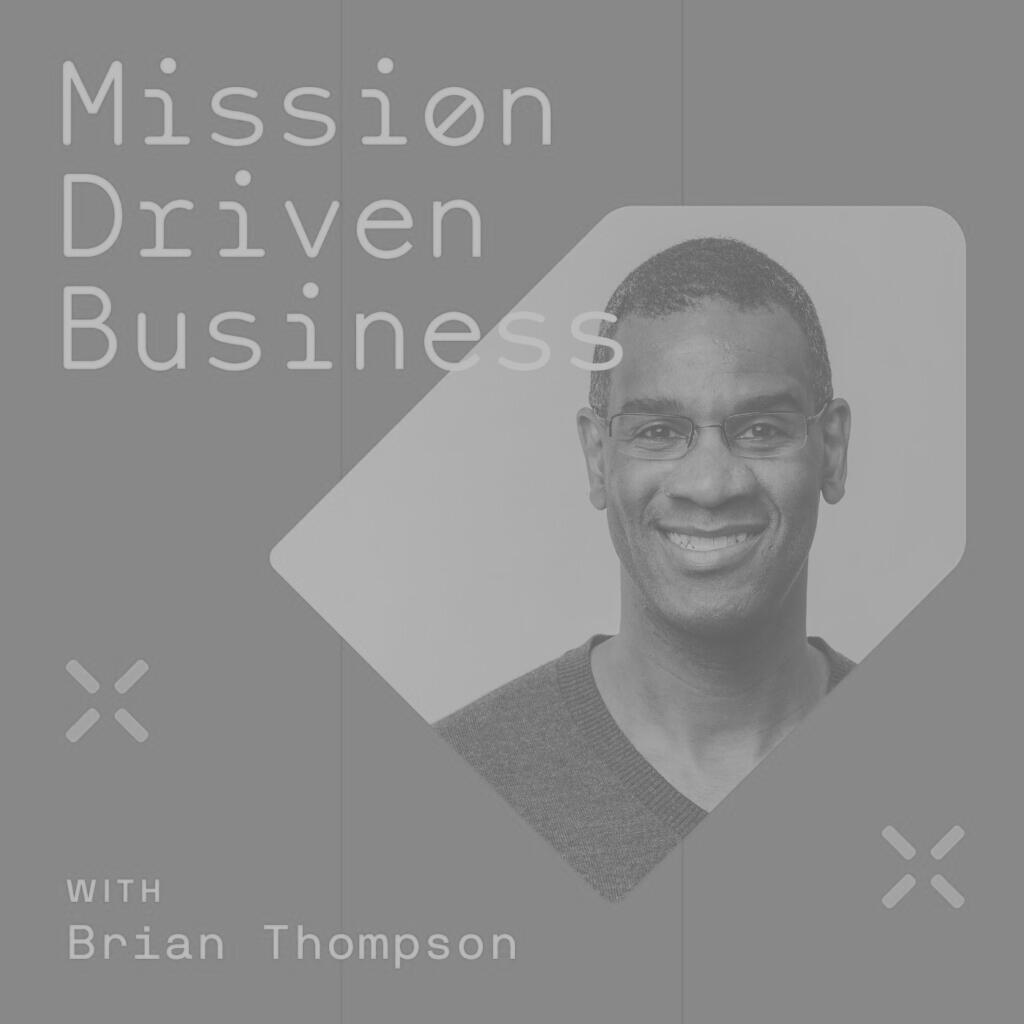In this special episode, host Brian Thompson shares practical steps for conducting a mid-year review that sets you and your business up to thrive in the second half of the year. You’ll learn how to clean up some of your central tasks to ensure the end of 2022 and the beginning of 2023 are as stress-free as possible. You’ll also hear why Brian advocates for small habits repeated over time and the benefits of taking a mid-year pause.
Episode Highlights
This year may feel especially stressful for fans of the Mission Driven Business, and one way to find calm in chaos is to focus on what you can control. For small business owners, that can mean tackling some of the big, end-of-the-year tasks now by conducting a mid-year review.
“Unfortunately, too many small business owners wait until the end of the year to clean up the different aspects of their business. By that point, it’s a numerous and overwhelming task, so let’s knock out some of these tasks now.”
Step 1: Review your successes and challenges.
Consider taking a break from the action as your first action in your mid-year review. Try to find a place where you can slow down and not be disturbed as you check in on your feelings.
“This process shouldn’t be a haphazard random day. Instead, block off one day or a few if you can, then go to a quiet place where you review.”
Step 2: Review your successes and challenges.
Once you’ve gotten clear on your emotions, it’s time to review your successes and challenges. This is a great time to celebrate your successes, appreciate your progress, and gain insight into what’s working and what areas could use improvement.
“Instead of thinking that things need to be perfect, or that you can’t change your mind, pick a direction and take the next right step.”
Step 3: Review your business cash flow.
Cash flow is the lifeblood of your business, and conquering cash flow takes thought and intentional systems. One good cash flow system is the Profit First system, which leverages entrepreneurs’ natural tendency to make decisions based on their bank account balance.
“Using this system allows you to continually monitor how close you are to your targets for revenue and profit, and lets you know in real time whether there’s a problem.”
Step 4: Review essential reports.
A new step on the mid-year review checklist is to review your essential reports, which include your balance sheet, reconciliation reports, and profit and loss statements:
- Your balance sheet covers your assets, liabilities, and owner’s equity.
- Your reconciliation report ensures what’s in your accounting software matches your bank statements.
- Your profit and loss statement allows you to do a full review of the first half of the year.
Step 5: Make tax projections.
You’d probably rather not think about taxes, but the mid-way point in a year is an excellent opportunity to review your tax situation. You’ve already made two estimated tax payments and can track where you are and make projections.
“If you find that you’re behind on estimated tax payments, you still have the year to catch up, calculate how much you’re short, divide that by the six remaining months, and add that amount to your monthly tax bucket.”
Step 6: Analyze your expenses.
Now that you’ve reviewed your buckets and profit and loss statements, it’s an excellent time to analyze your expenses. To do this, print your expenses for the last six months and any recurring expenses. Add up all of your costs, multiply that number by 10%, and cut expenses by that number.
“Remember that just because you have a tax deduction for expenses, you still lose money if you’re purchasing something you don’t use.”
Step 7: Write down your next actions.
As you perform your own mid-year review, you’re likely to gain insight into the changes you want or need to make. It’s essential to write these changes down and develop an action plan with the steps you’ll take to accomplish your goals. Try limiting the changes you want to make to two or three goals.
“You’re more likely to find success taking little steps each day rather than trying to run several miles simultaneously.”
Resources + Links
- Episode 7: Being Profit First with Mike Michalowicz
- Episode 8: Eradicating Entrepreneurial Poverty with Ron Saharyan
- Episode 14: Living Your Passion with George Kinder
- Goals are only guesses, Behavior Gap / Carl Richards / The Sketch Guy
- Brian’s Social Media: Twitter, Instagram, Facebook
About Brian and the Mission Driven Business Podcast
Brian Thompson, JD/CFP, is a tax attorney and certified financial planner who specializes in providing comprehensive financial planning to LGBTQ+ entrepreneurs who run mission-driven businesses. The Mission Driven Business podcast was born out of his passion for helping social entrepreneurs create businesses with purpose and profit.
On the podcast, Brian talks with diverse entrepreneurs and the people who support them. Listeners hear stories of experiences, strength, and hope and get practical advice to help them build businesses that might just change the world, too.
